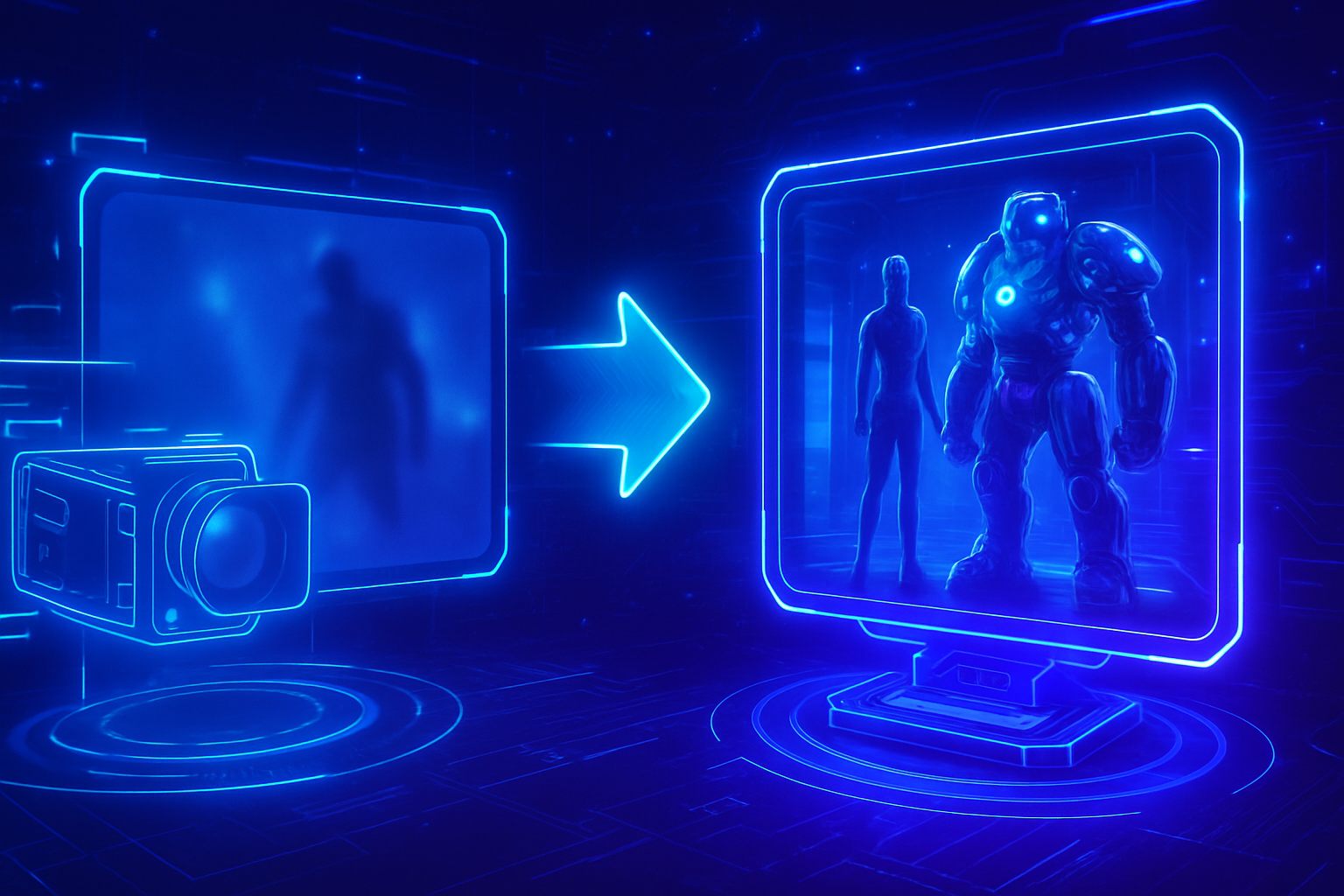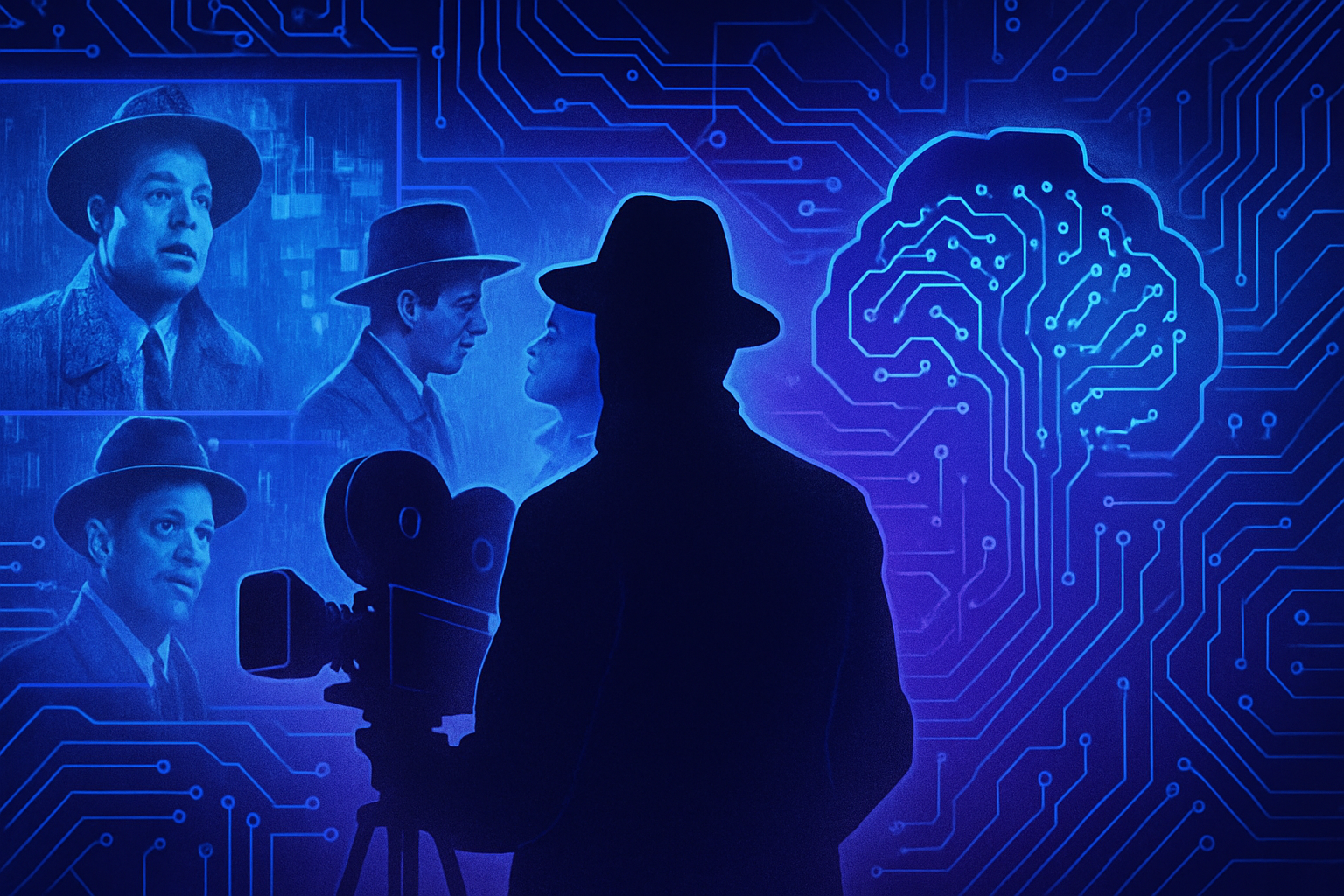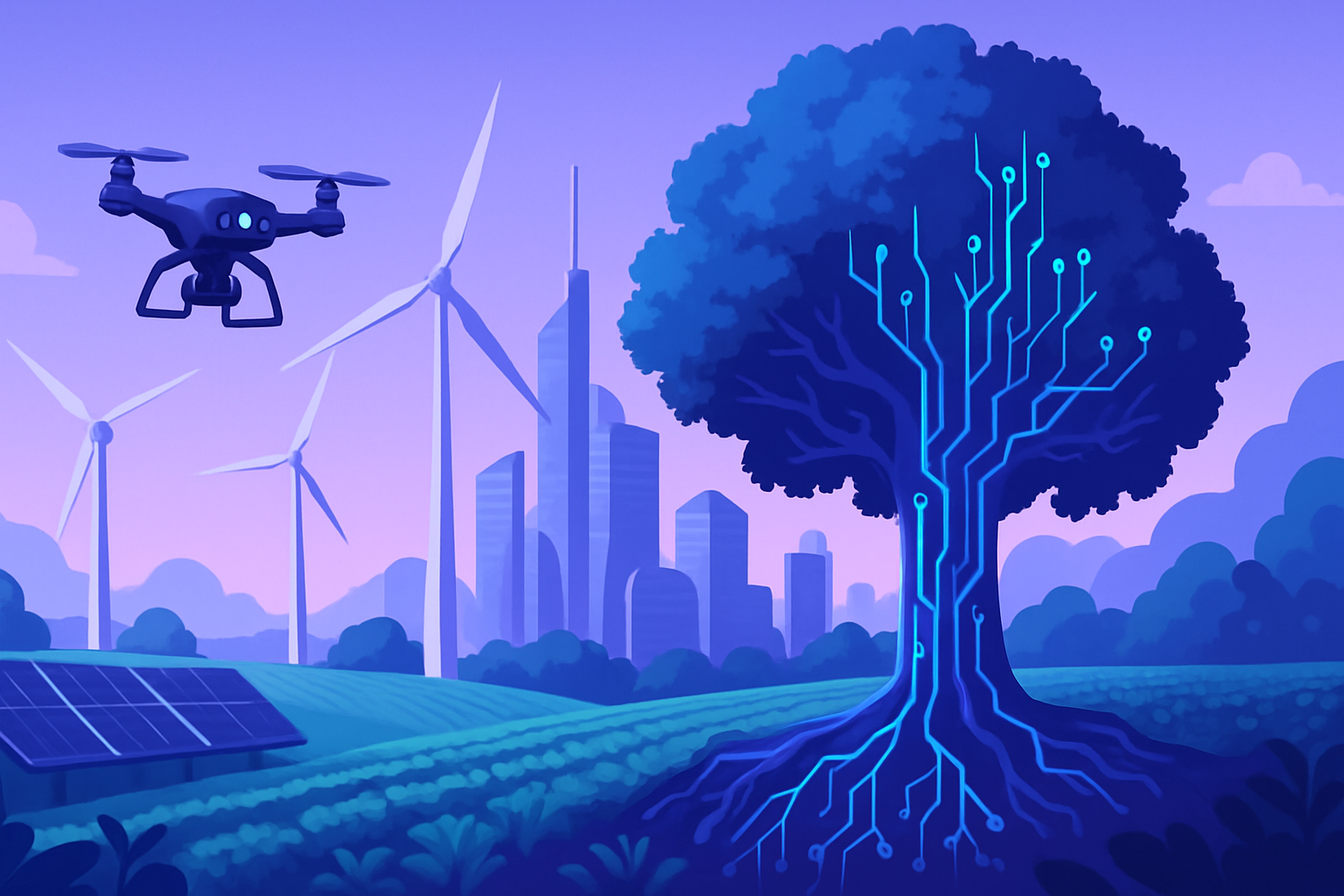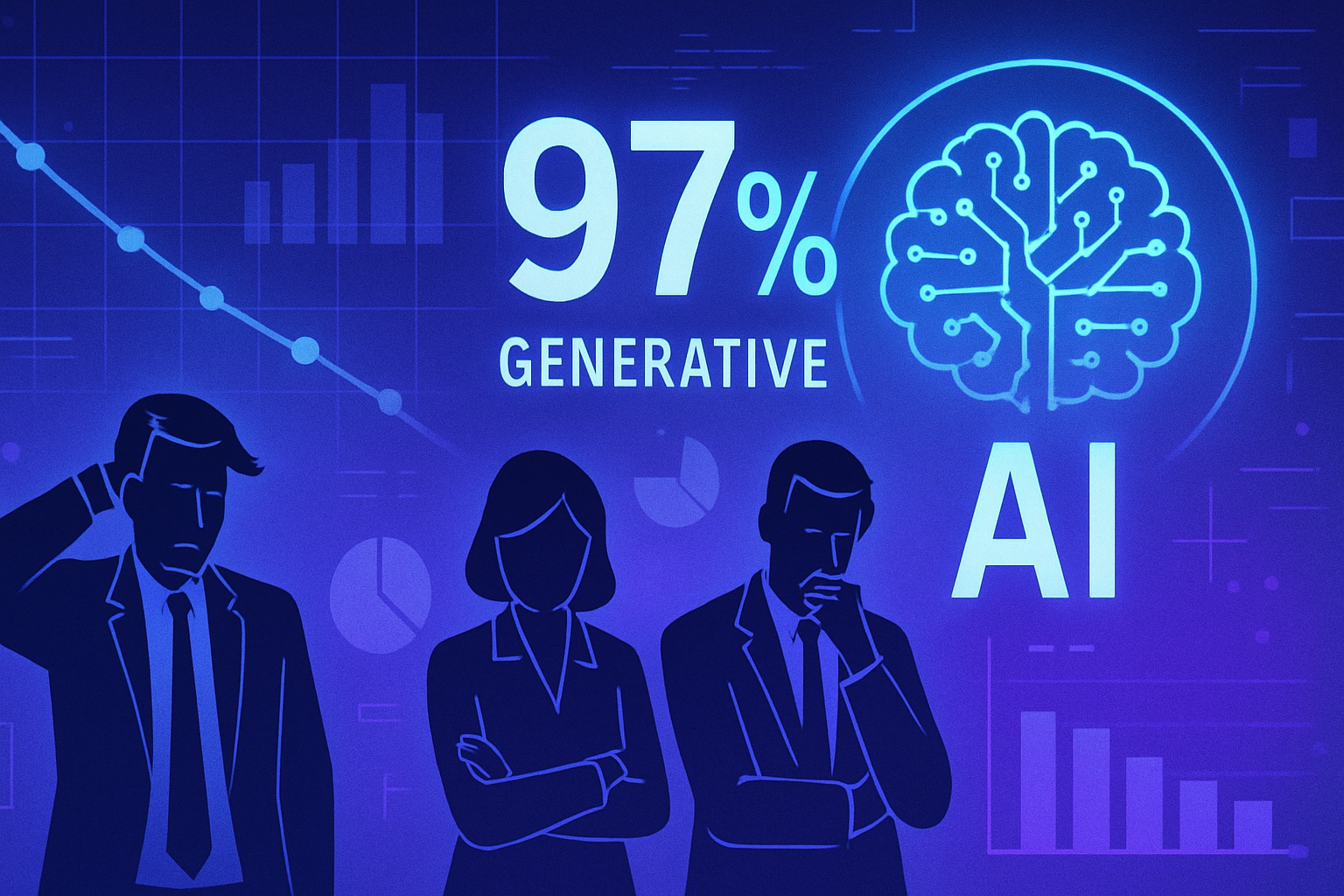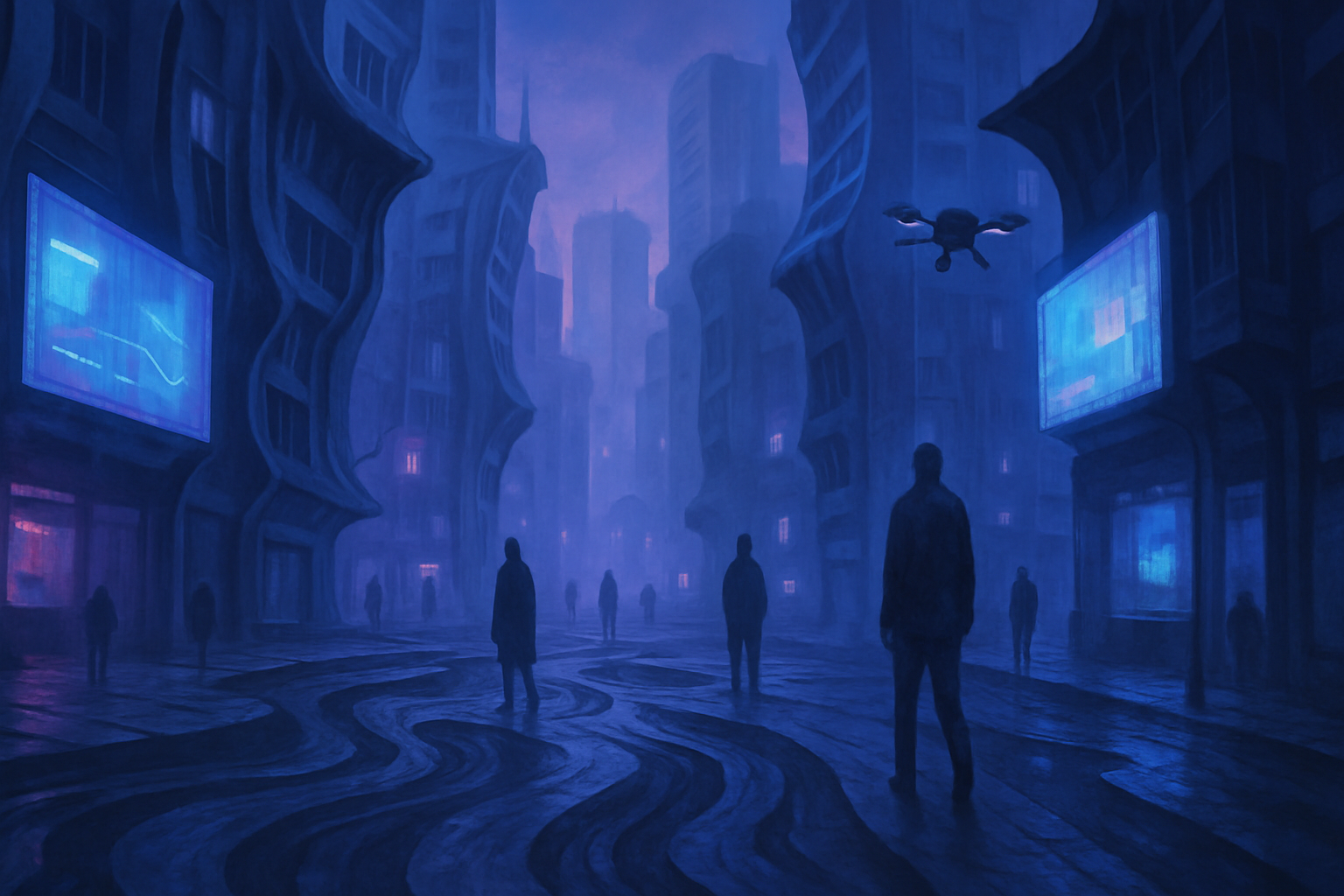The precise reconstruction of blurred scenes constitutes a major challenge in the field of 3D imaging. Blurry videos, often from mobile devices, display notable defects due to uncontrolled motion, thus hindering an accurate representation of environments. An innovative two-step framework emerges, allowing for the recovery of lost details through advanced deblurring methods.
This device* reinvents the use of videos, transforming indistinct images into sharply defined 4D representations. The *pioneering* approach optimizes the processing of dynamic sequences, reconciling aesthetic precision with technical efficiency. Through sophisticated algorithms, the framework ensures the synthesis of new perspectives, opening unprecedented avenues for multimedia applications.
A significant advance in the detection and synthesis of 4D scenes
A research team led by Assistant Professor Jihyong Oh from Chung-Ang University and Professor Munchurl Kim from KAIST has developed a new framework named MoBluRF, which innovates in the processing of handheld blurry videos. This method proposes a motion deblurring adapted for neural radiance fields (NeRF), allowing for the precise reconstruction of 4D scenes from slightly blurry monocular videos.
The challenges of motion blur
Videos captured through portable devices like smartphones are often subject to motion blur. This phenomenon arises due to fast movements of the object or camera shakes, making it difficult to render sharp dynamic scenes. Most conventional deblurring methods focus on still images, not accounting for the global movements of the camera and local movements of objects.
This type of processing requires the generation of accurate temporal models to overcome the inaccuracies induced by blurred images. Erroneous camera pose estimations and loss of geometric precision also pose significant challenges for existing methods.
How MoBluRF Works
MoBluRF revolutionizes the classic approach through a two-step architecture. The first step, Base Ray Initialization (BRI), is responsible for the approximate reconstruction of dynamic 3D scenes from blurry videos. This step refines the base rays from imprecise camera rays, thus establishing a reliable foundation for the remainder of the process.
The second step, known as Motion Decomposition-based Deblurring (MDD), perfects the prediction of sharp light rays. Through a process called Incremental Latent Sharp-rays Prediction (ILSP), this method decomposes motion blur into two components: the global movement of the camera and local movements of objects. This significantly improves the precision of deblurring.
Innovations and performance
MoBluRF stands out by introducing two new loss functions. The first allows for the separation of dynamic and static regions without the need for motion masks, an area where older methods showed limitations. The second function enhances the geometric accuracy of moving objects, providing a robust mechanism against the challenges of blur.
This technique vastly outperforms previous methods, both quantitatively and qualitatively, exhibiting significant margins across various datasets. MoBluRF demonstrates impressive robustness against different levels of blur, showcasing its adaptability and efficiency.
Practical applications
The implications of MoBluRF are considerable. This innovative framework enables smartphones and other consumer devices to produce sharper and more immersive visual content. Potential applications include creating precise 3D models from unstable videos recorded in museums, as well as enhancing scene understanding for robotic systems and drones.
The development of this technology could reduce the need for specialized capture setups in the field of virtual and augmented reality, promoting greater accessibility to advanced technological tools.
Frequently asked questions
What is the importance of motion detection in the video deblurring process?
Motion detection is crucial as it allows for the separation of global camera movements from local object movements, which improves the accuracy of 3D reconstruction in blurry videos.
How does the Base Ray Initialization (BRI) method work in MoBluRF?
The BRI method coarsely reconstructs dynamic 3D scenes from blurry videos and refines the initialization of base rays, helping to better predict the sharp light rays hidden in blurry images.
What types of videos can MoBluRF process?
MoBluRF is designed to process blurry monocular videos captured by simple cameras such as those found in smartphones or drones, relying on sequential images.
What are the advantages of the Incremental Latent Sharp-rays Prediction (ILSP) method?
ILSP allows for the incremental decomposition of motion blur, significantly increasing the accuracy of deblurring and improving the fidelity of details in the reconstructed 3D scenes.
How does MoBluRF differ from existing deblurring methods?
MoBluRF is distinguished by its ability to simultaneously handle both global and local motion blur while avoiding the use of motion masks, thereby facilitating automated processing.
What impact does MoBluRF have on creating immersive content?
MoBluRF enables users to obtain sharper and more immersive 3D models from blurry video sequences, thereby enhancing the quality of content generated by consumer devices.
How does MoBluRF’s method improve scene understanding for robots and drones?
By providing accurate 3D reconstructions from blurry videos, MoBluRF helps robots and drones better understand their environment, which can improve their efficiency and safety.
What challenges remain to be overcome in the MoBluRF framework?
Despite its advances, challenges remain, particularly in the continuous improvement of geometric precision and the reduction of errors in complex shooting environments.
In what areas could MoBluRF be applied beyond handheld video?
MoBluRF could be applied in creating 3D models for museums, in virtual and augmented reality, as well as in security and surveillance applications.
